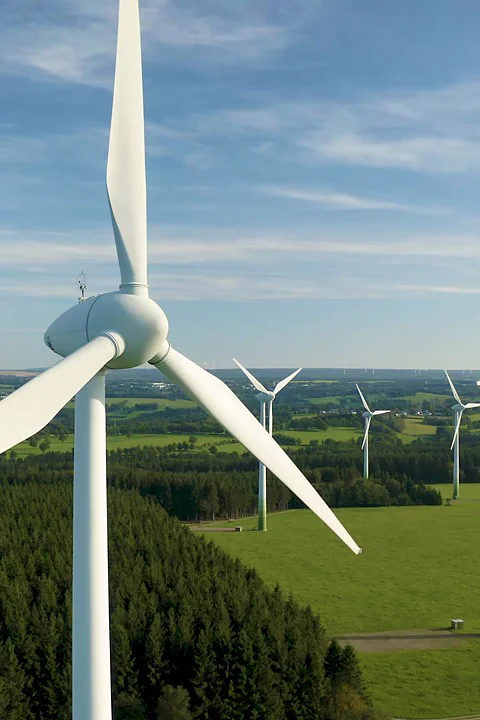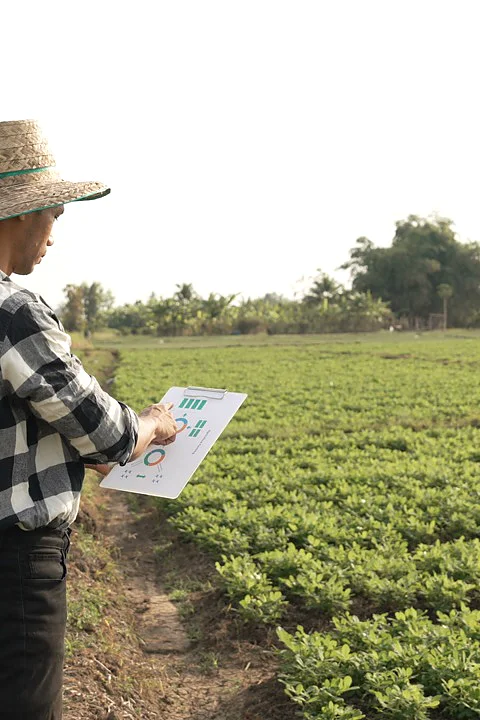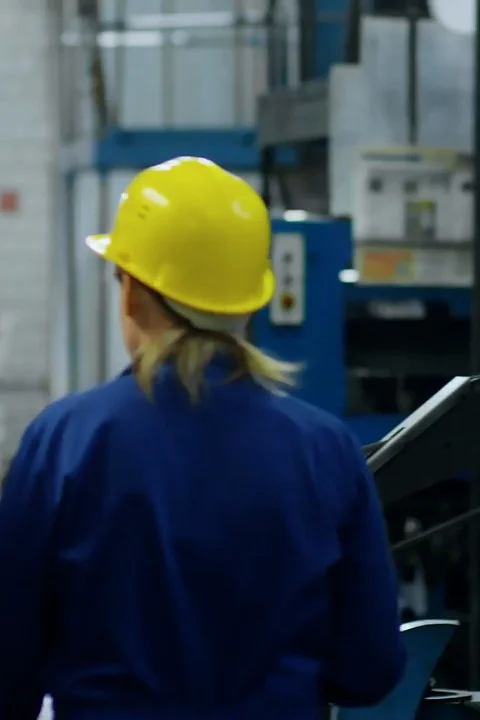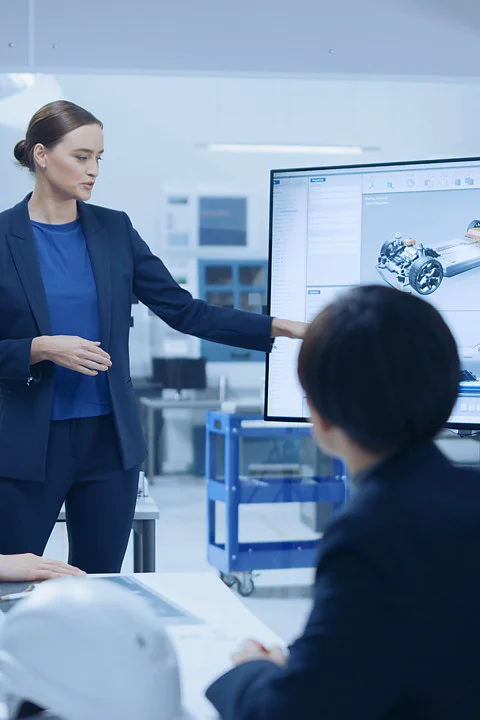230,000 kilowatt-hours per year are produced by the PV system at the headquarters. This is enough to power the ventilation system in the technology center.
It’s a well-known fact that a bird in the hand is worth two in the bush – or on the roof. This applies to the new facility’s potential yield as well. Only a surface area of 1,400 m² on the campus roofs can be used for the installation of solar panels. Though the total area of the tesa roofs is naturally much larger, there are already a number of other structures on the buildings. Ventilation systems and other equipment make it difficult to install more solar panels since they would generate too much shade for the panels to function. But a place in the sun was found above the tesa Research and Technology center.
For tesa, each kilowatt hour of power that the company can generate itself counts. At all plants in Asia, Europe and North America, photovoltaic systems are already in use (in Suzhou, China), are being installed, or are in the project phase. Planning for the tesa headquarters outside the Hamburg city gates began in 2021. To keep the wind from sending the environmentally-friendly technology flying over the roofs of Norderstedt during the next storm, the experts required a bit of finesse: “The suction forces on the edges of the building are so strong that the modules need to be held down with additional weight. What’s more, the roofs are covered in greenery, so the usual method of fastening them from below isn’t possible. We consulted with structural engineers, and in the end we found a customized solution,” reports Tilo Tonn, Head of technical building management.





